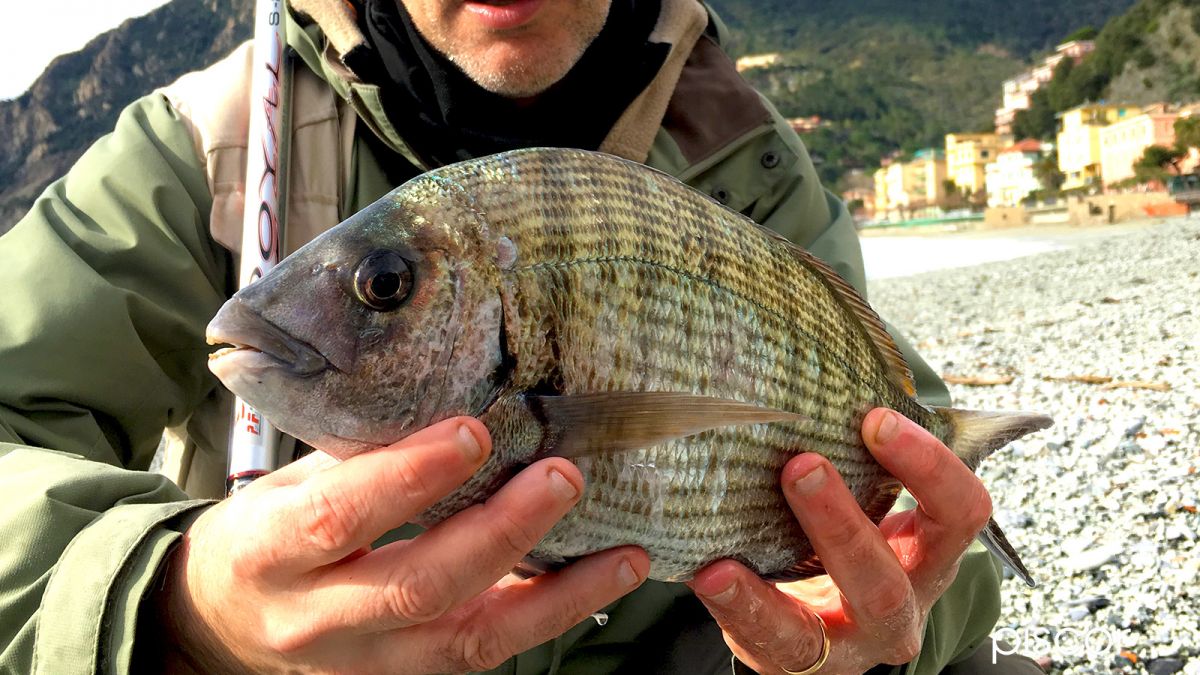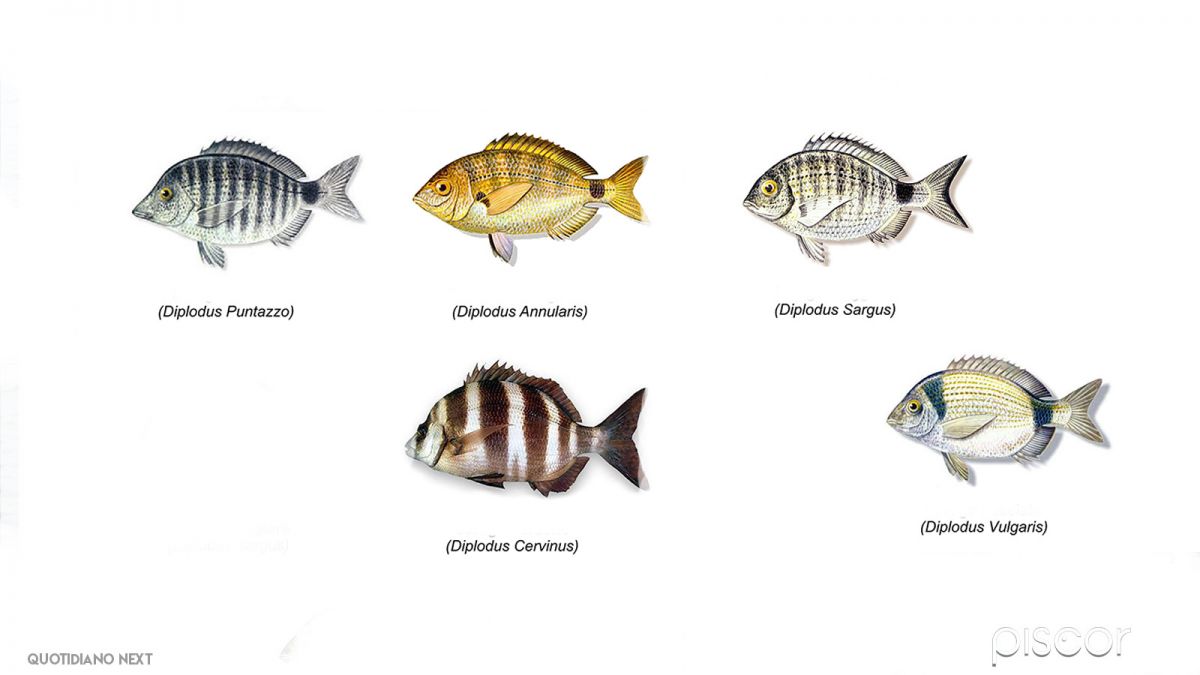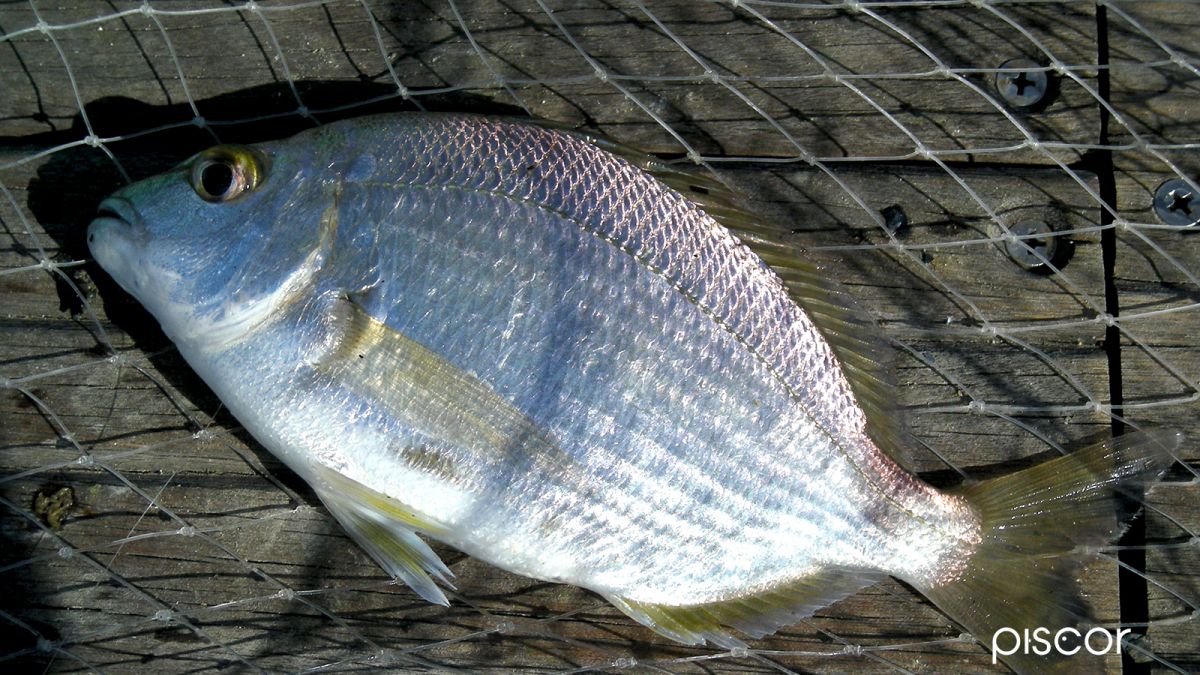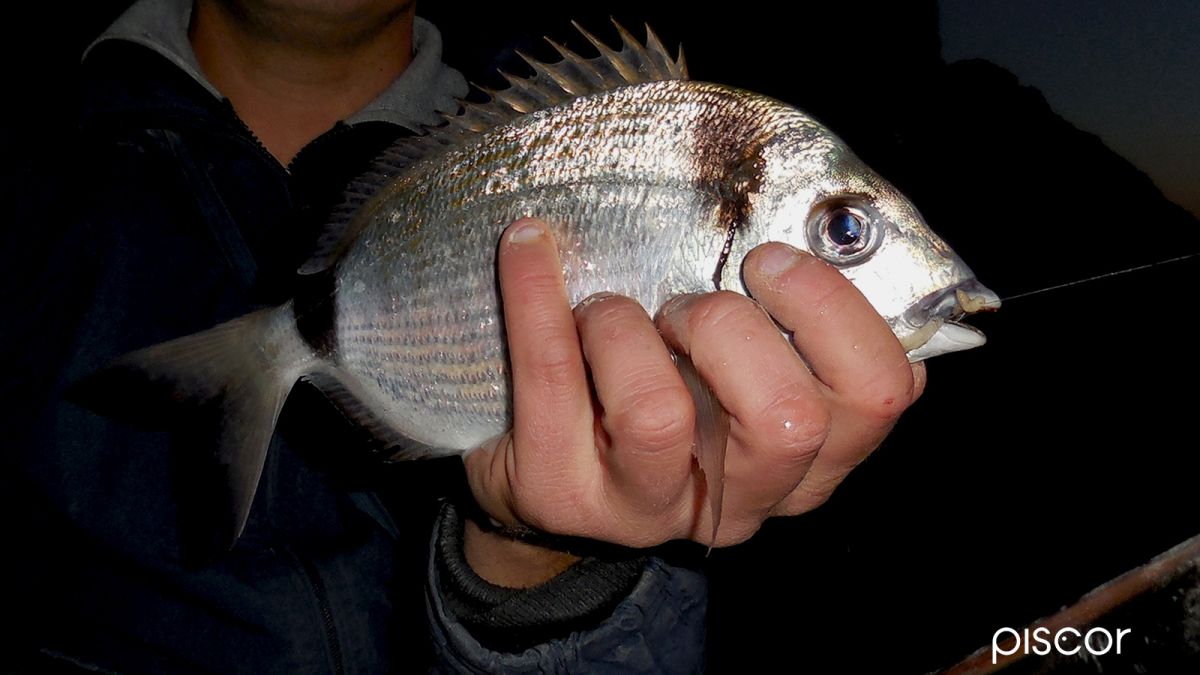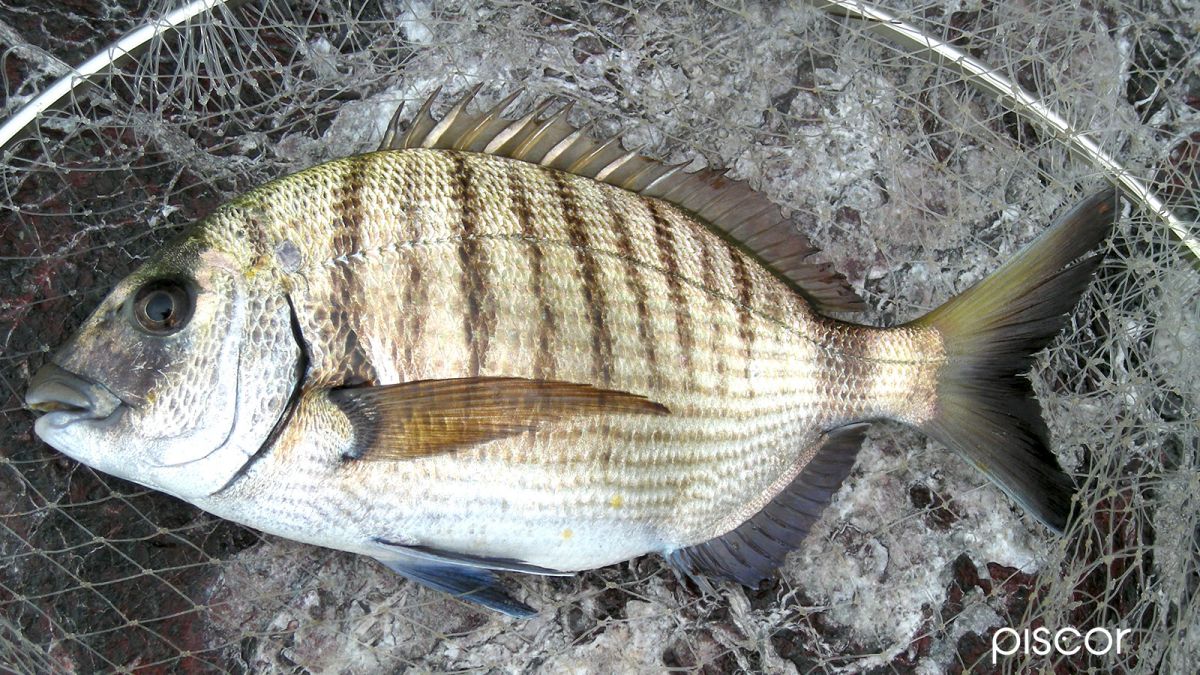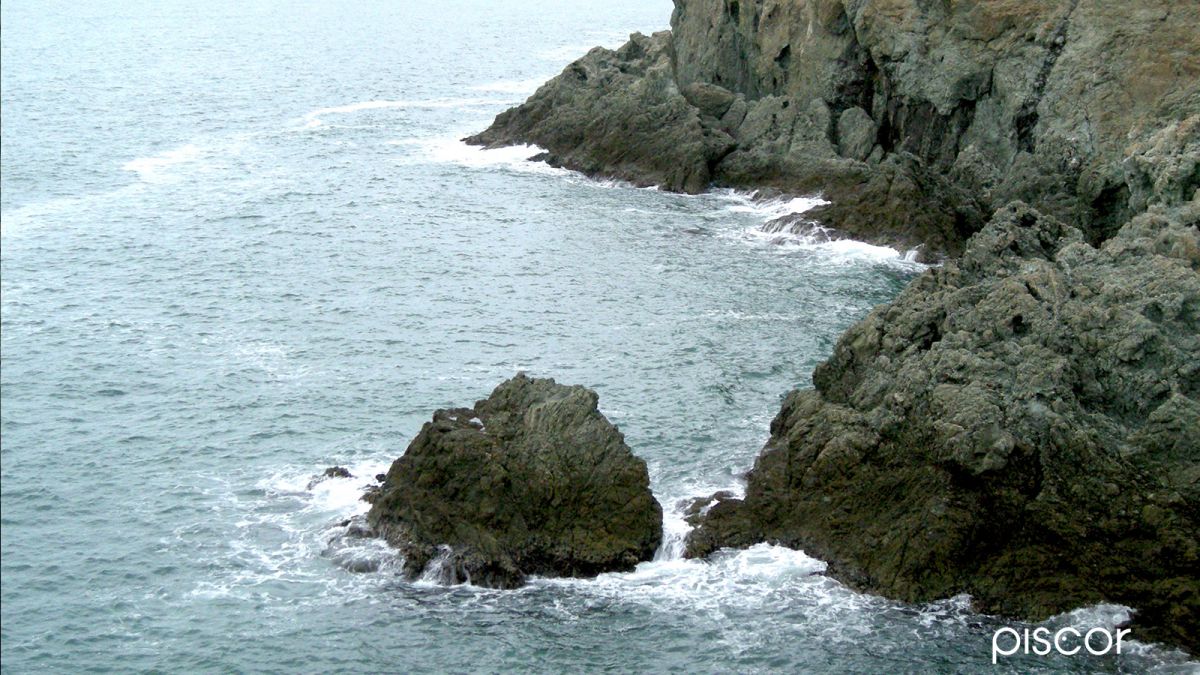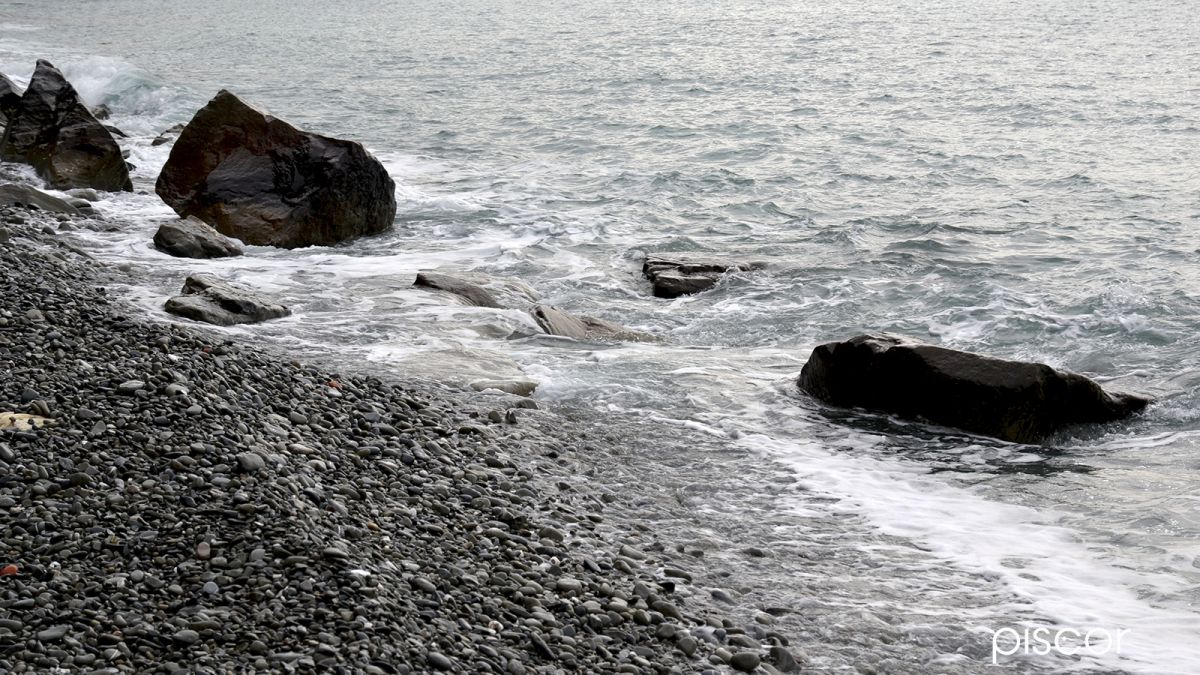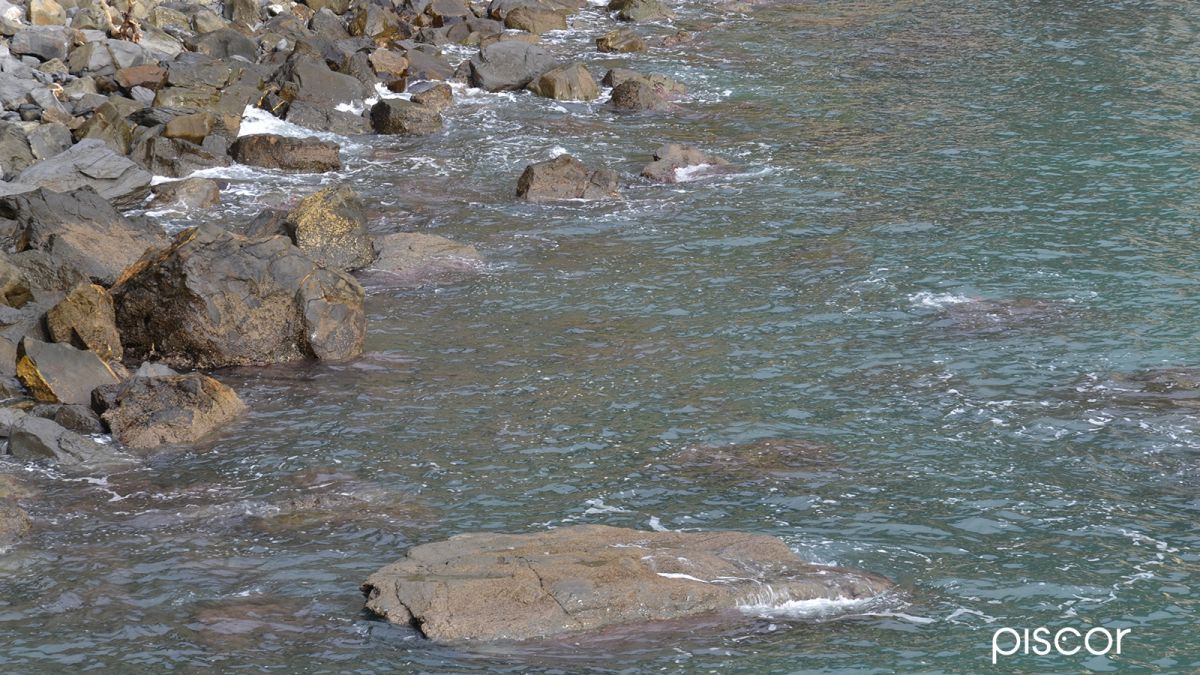In Italy, but also in the rest of the Mediterranean, the sea breams are very diffused, they all belong to the genus Diplodus, afferent to the family of the Sparids. There are five species present in this field:
- Annular Seabream
- Common two-banded seabream
- White seabream
- Sharpsnout seabream
- Zebra seabream
Although all belonging to the same family, these fish have different characteristics, with peculiarities that strongly distinguish them from each other, starting from the size and color of the same, but also from the colonized habitats and the type of food. It is for this reason that we will now review each species, in order to examine in depth the similarities and differences that exist between them.
Annular Seabream (Diplodus annularis)
It is a typical fish of the port environment, but also very common in reefs. Well recognizable for its typical pink or purplish livery and bright yellow pectoral fins, it feeds on algae, mussels and all the microorganisms found near the previous foods.
It is the smallest seabream in terms of size, usually it does not exceed in 20-25 cm of length and the 2-3 hectograms of weight. It is a much parasitized fish, frequently, in fact, it is possible to find on it one or even more specimens of "sea fleas", often not only on the body, but also inside the oral cavity. In port, usually, it is the first fish to take the bait; in fact, it is a den fish, sedentary, thus arriving first on the bait, waiting for much more important fishes, such as sea bass and gilthead seabream, to enter the pasture.
The same reasoning applies also in the reef, in calm sea, whilst in expired, the capture of the annular seabream is not a good sign, it, in fact, is the last fish to bite, or better to feed because of the hierarchy that takes place during the feeding phase. Larger fish, and therefore stronger, such as sea bass, sea bream and gilthead sea bream, tend to feed first so the shooter can catch our bait only and exclusively when the food activity of other fish has ceased.
Being a small prey, it is not a great fighter, but even if it does not manage to excite us once in the reed, sometimes it likes our fishing trips letting itself be admired for the typical colours of its wonderful livery.
Common two-banded seabream (Diplodus vulgaris)
Known also by the name of "Black Head", it differs from the other Sparids for having two wide vertical black bands well defined, the first near the gill operculum, while the second, however, is found on the caudal peduncle. A series of thin horizontal golden lines are also present along the sides.
For what the dimensions are concerned, this species rarely exceeds the half a kilo of weight, thus placing, at the dimensional level, in an intermediate band. It is a gregarious fish, it often lives in schools and sometimes it can be found mixed with other species, generally it is found mixed with greater seabreams.
Its diet is the classic one of all the Sparids, crustaceans, molluscs, cephalopods and sea worms are in fact the diet that unites them. Rareer in artificial reefs, or at least in those placed on purely sandy bottoms, it finds, on the contrary, its ideal habitat in natural reefs.
Following the various experiences of fishing in natural reef, in fact, we can say that after the Annular seabream, the Common two-banded seabream is the fish just above in the social scale during the feeding phase, when we catch it, or catch some specimens, we have to keep an eye on, the next step, in fact, will be characterized by the entry into activity of important fish. Despite not being able to reach excessively heavy weights, a bandage of four hundred grams, half a kilo, is a fish that once in the rod will surely entertain us.
White seabream (Diplodus sargus)
It is undoubtedly the most widespread seabream, in fact it colonizes different environments, mainly natural and artificial cliffs, but it can also be found in ports and even in brackish areas where the salinity, however, is not too low. It is well recognized for being characterized by five black vertical lines on the body, a black spot on the caudal peduncle, and for having the ventral fins of black color bordered by a white line.
Compared to the other breams, it reaches important dimensions, in fact, it may exceed the two kg of weight. It is a fish which in the juvenile stages tends to be gregarious and to live in schools, whilst in adult age, with the increasing of the size, it becomes solitary.
The white seabream is the real king of the reef, among the seabreams is the largest species, stronger, (given the rarity of the zebra seabream on our coasts) and when they come into food the largest specimens, the others, weaker, remain at the edge of eating. For the land fisherman it is one of the most desirable species and difficult to catch, despite being a very common fish, is very wary, especially the largest specimens.
The bite is usually fast and stealthy, less so when it is far from shelters, in open spaces, a condition that occurs only in rough seas or during the night hours. Often, on the contrary, especially in artificial reefs, it tends to catch quickly the bait, at times it does not swallow it, but keeps it firmly between the jaws and then eats it with tranquillity inside its own den.
This is why the white seabream requires us to use terminals and hooks that are important both in terms of diameter and size, in order to be able to force the fish during the fight, preventing them from quickly entering some gorge, in order to avoid the abrasion of the line on submerged obstacles, which would lead to the breakage of the terminal and the consequent loss of the fish.
Sharpsnout seabream (Diplodus puntazzo)
As a livery it is very similar to the major one, the real difference, on the contrary, from the morphological point of view, resides in the mouthparts, the Sharpsnout, in fact, differs from the other saragos for having a concave frontal profile instead of convex, as is found instead in the other Sparids.
Unlike the white seabream, it tends much less to inlaid itself once almed and also the gregarious habits are less evident, often it tends to move in couple with another individual of the same size. Its diet is partly different from the other bream, in some ways more similar to that of a sailboat, the Sharpsnout, in fact, feeds mainly on algae, although it does not disdain molluscs and other invertebrates.
Its capture with the mussel is frequent, especially if shelled, rarer, on the contrary, by means of the trigger of the maggot. It is widespread in all environments, in fact it frequents both natural and artificial reefs and is typical inhabitant of ports where it is usually captured assiduously.
Zebra seabream (Diplodus cervinus)
Similar to the other seabream for its morphology, it differs, on the contrary, for its typical livery, it is characterized by 5-6 vertical black bands, wide and accentuated, at times tending more to the dark brown than to the black.
It is the giant of the Mediterranean seabreams, it can reach and exceed the 3 kg of weight, even if in Italy, however, it is a rather rare species, in spite of this it seems to be a somewhat more frequent catch on the coasts of Sicily. It is found exclusively on the seabed characterized by natural rock where, being an omnivorous species, it feeds on both plant and animal organisms.

